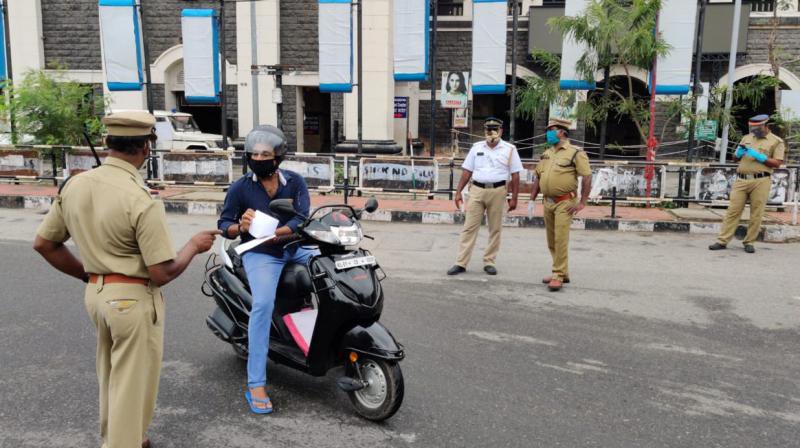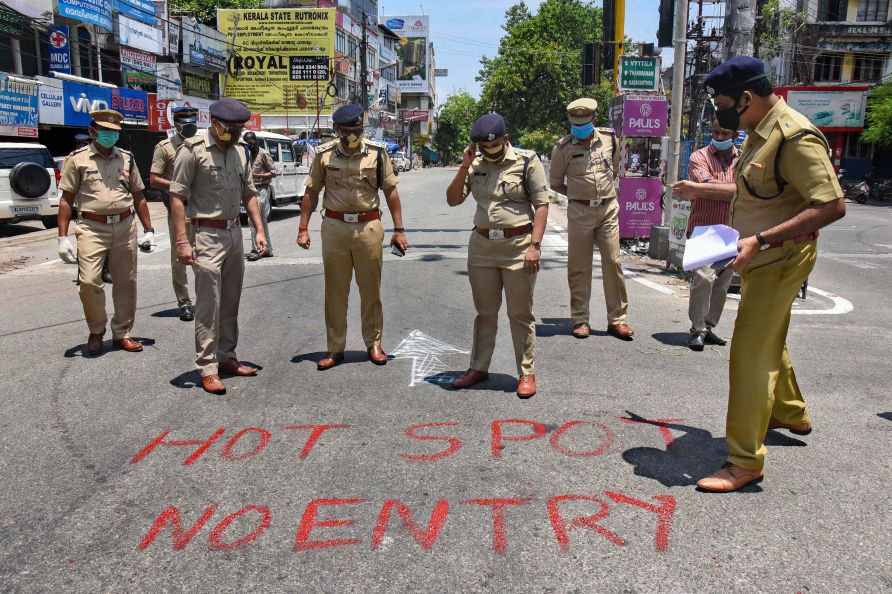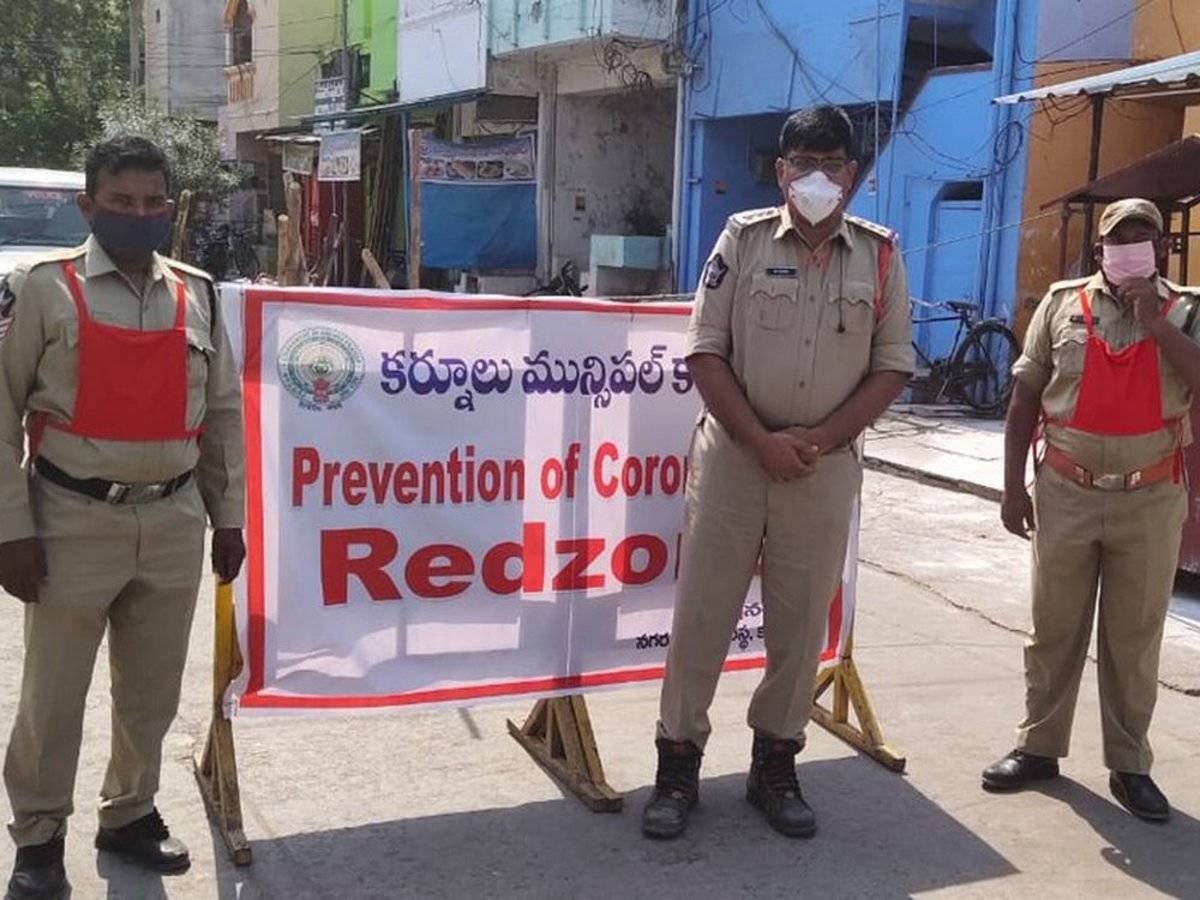The state in India which is being used and reused as an example for the ideal model in fighting the pandemic has recently announced that it would be adopting a triple lockdown strategy in the capital.
Yes, Kerala’s capital Thiruvananthapuram has been under triple lockdown from 6th of July. But what does that mean and why has Kerala planned on adopting this strategy?
Triple lockdown in the state capital; Kasaragod and Ernakulam also under high vigil.
— TNIE Kerala (@xpresskerala) July 6, 2020
Check out the big developing stories in Kerala today brought to you by @AnujaRoy_TNIE @NewIndianXpress @MSKiranPrakash pic.twitter.com/5AJMiah5UM
Kerala had recently reported 193 new cases on 6th July, taking the tally of total cases in the state to 5,622 and 28 total deaths. The Chief Minister of Kerala, Pinarayi Vijayan revealed that nearly 1.60 lakh people are currently under observation.
Thiruvananthapuram Corporation is under effective containment as devised by the Kerala police who will suspend movement of the public and allow more time for health officials to carry out contact tracing measures.
Triple lockdown: Day 2. #thiruvananthapuram #Kerala #COVIDー19 https://t.co/LfnIGdr2iB
— KIRAN PRAKASH (@MSKiranPrakash) July 7, 2020
What the triple lockdown does is focuses the police’s intervention in three levels which together contribute to minimizing the impact of the community spread.
The first step is complete restriction on the movement of people excluding one road for entry and exit. Other than that, all roads will be shut and barricaded. Only private transport will be allowed for essential services.

The second step is focused on specific geographical areas called clusters. These will be areas where primary and secondary contacts of the infected people would be under quarantine. The police presence in these clusters will be higher.
Finally, the third step involves a focused intervention on the households of the infected persons and also the households of their primary and secondary contacts. These include people who are at a higher risk of transmitting the virus onto larger groups of people such as asymptomatic primary or secondary contracts that are the most dangerous.

The implementation of this plan is also devised. A guard will be posted outside households with such asymptomatic carriers and there will also be verification of those under quarantine thrice a day.
Moreover, aerial surveillance would take place using drones and CCTV cameras of nearby shops and establishments are also routed to the police control room.

This strategy is believed to have successfully been implemented in Kasaragod district in April which helped in reducing the number of active cases there by 94% within 3 weeks. Let’s wait to see how Thiruvananthapuram fares in this scenario.

















